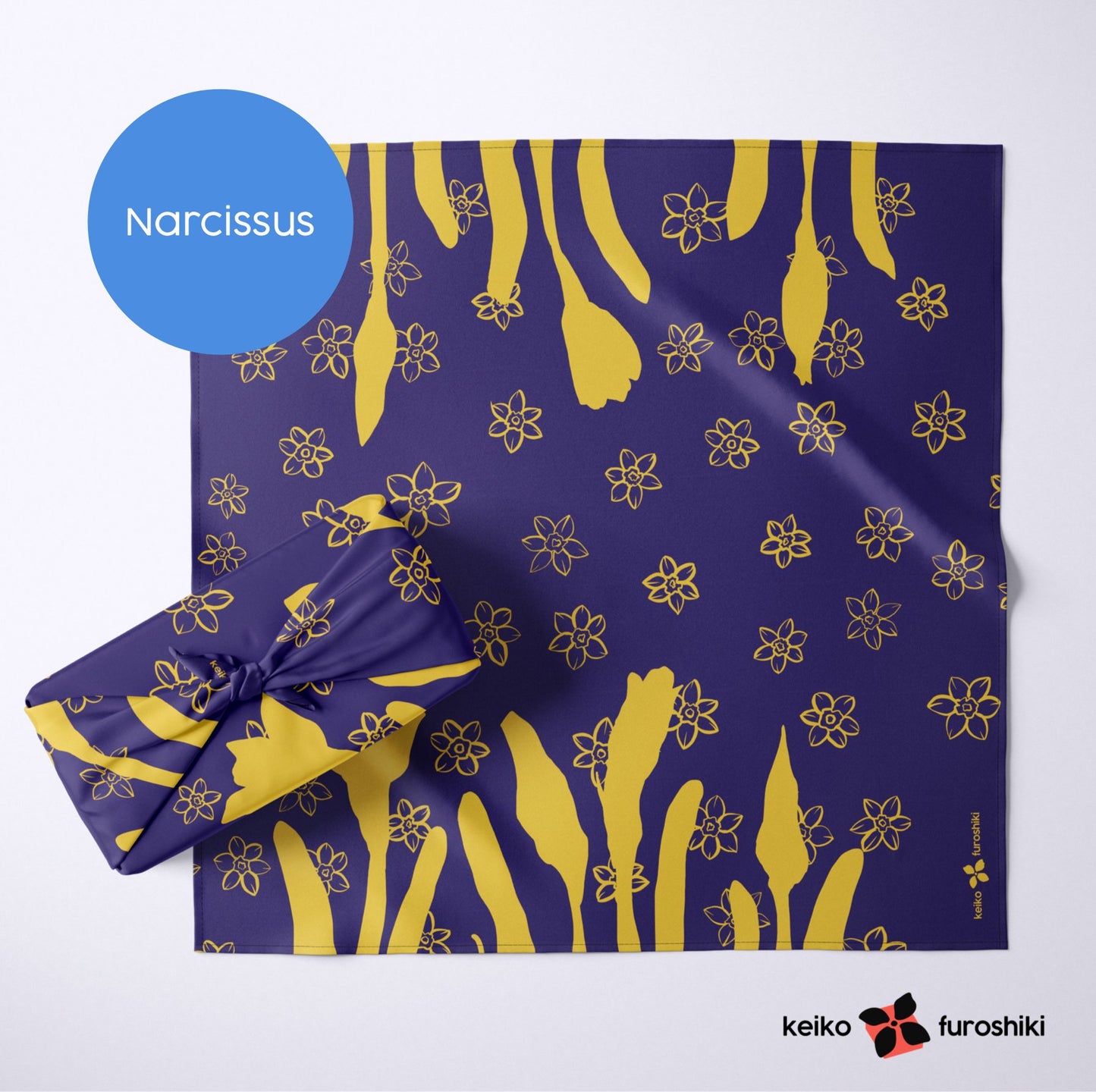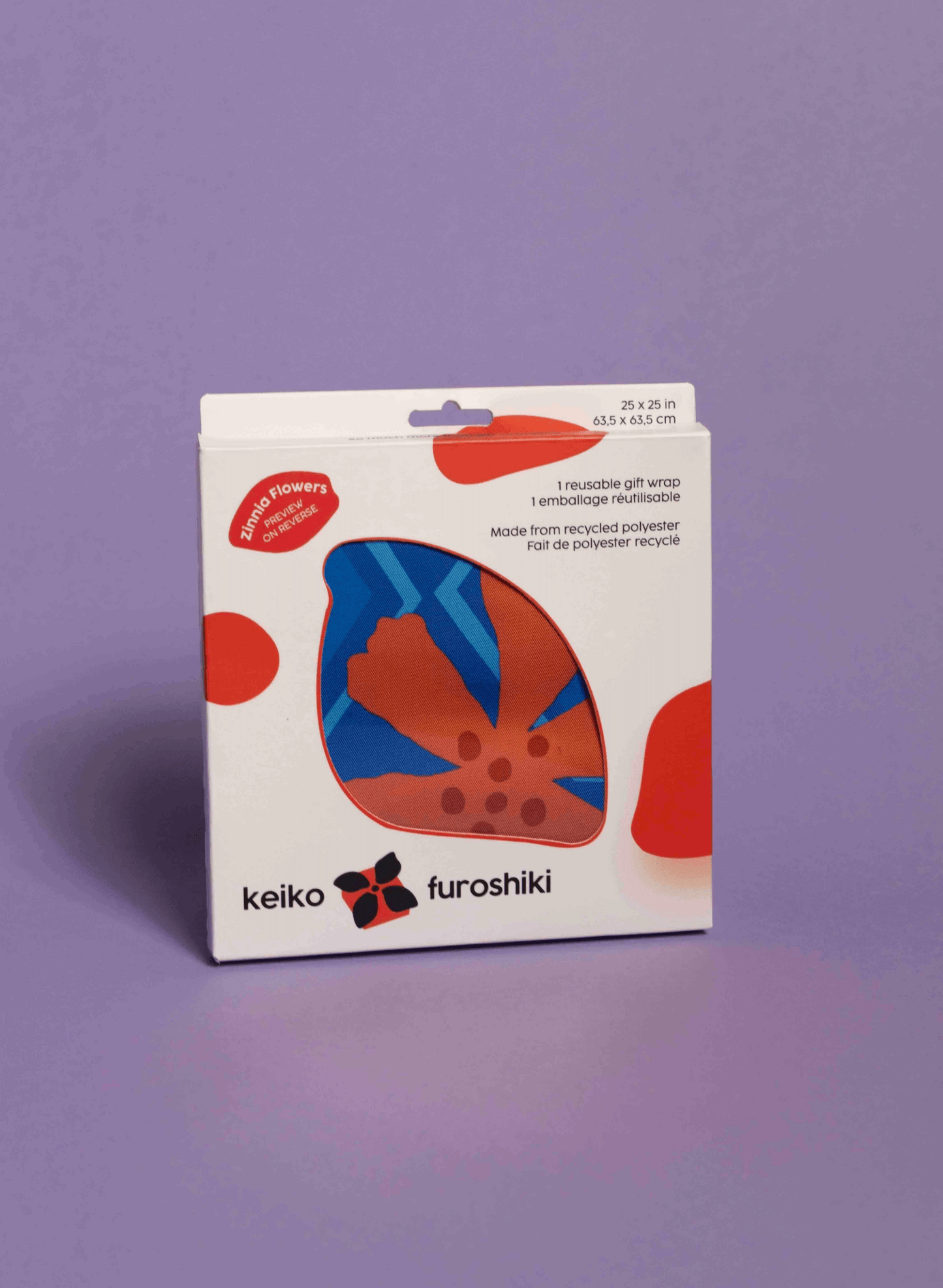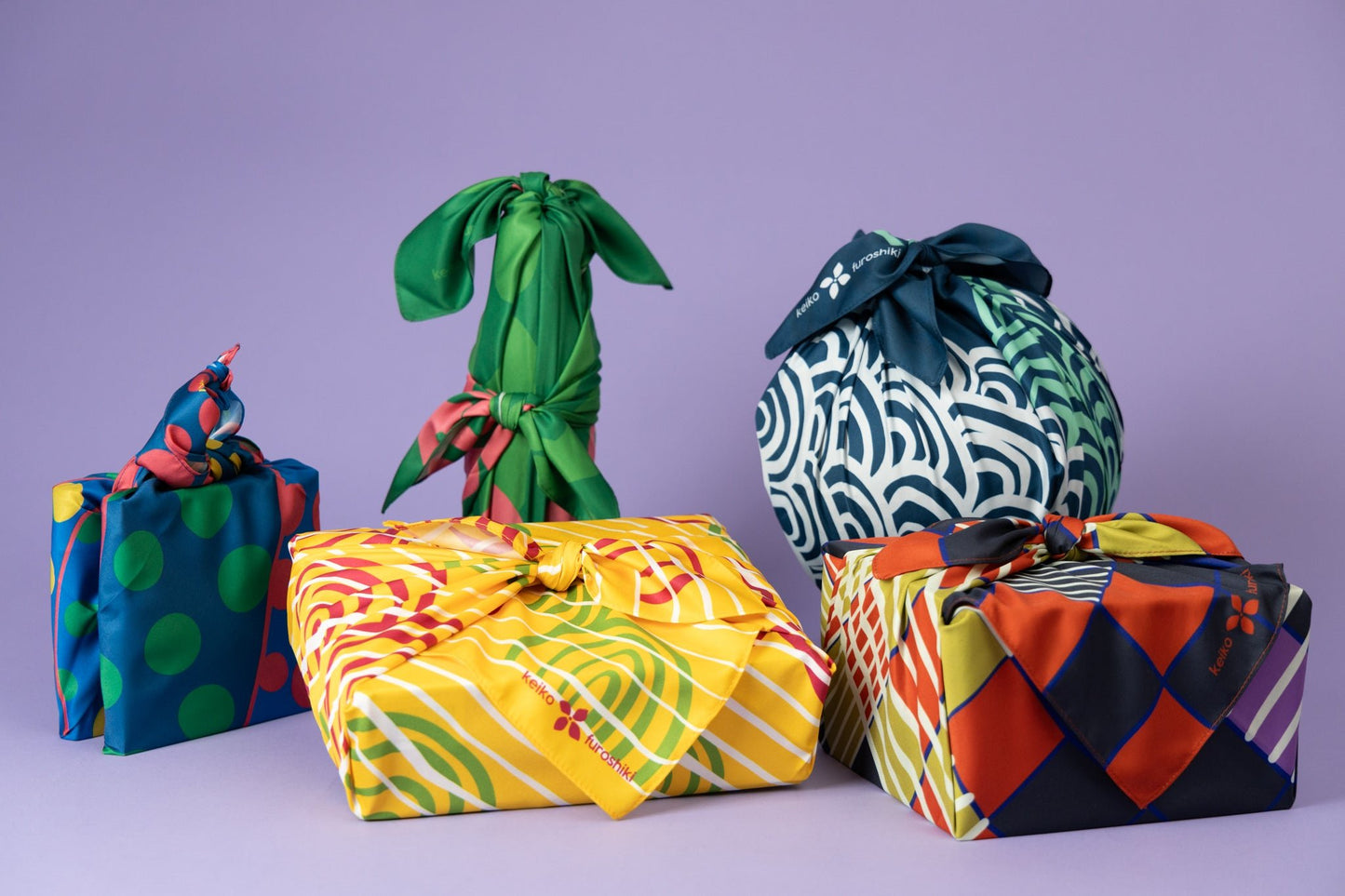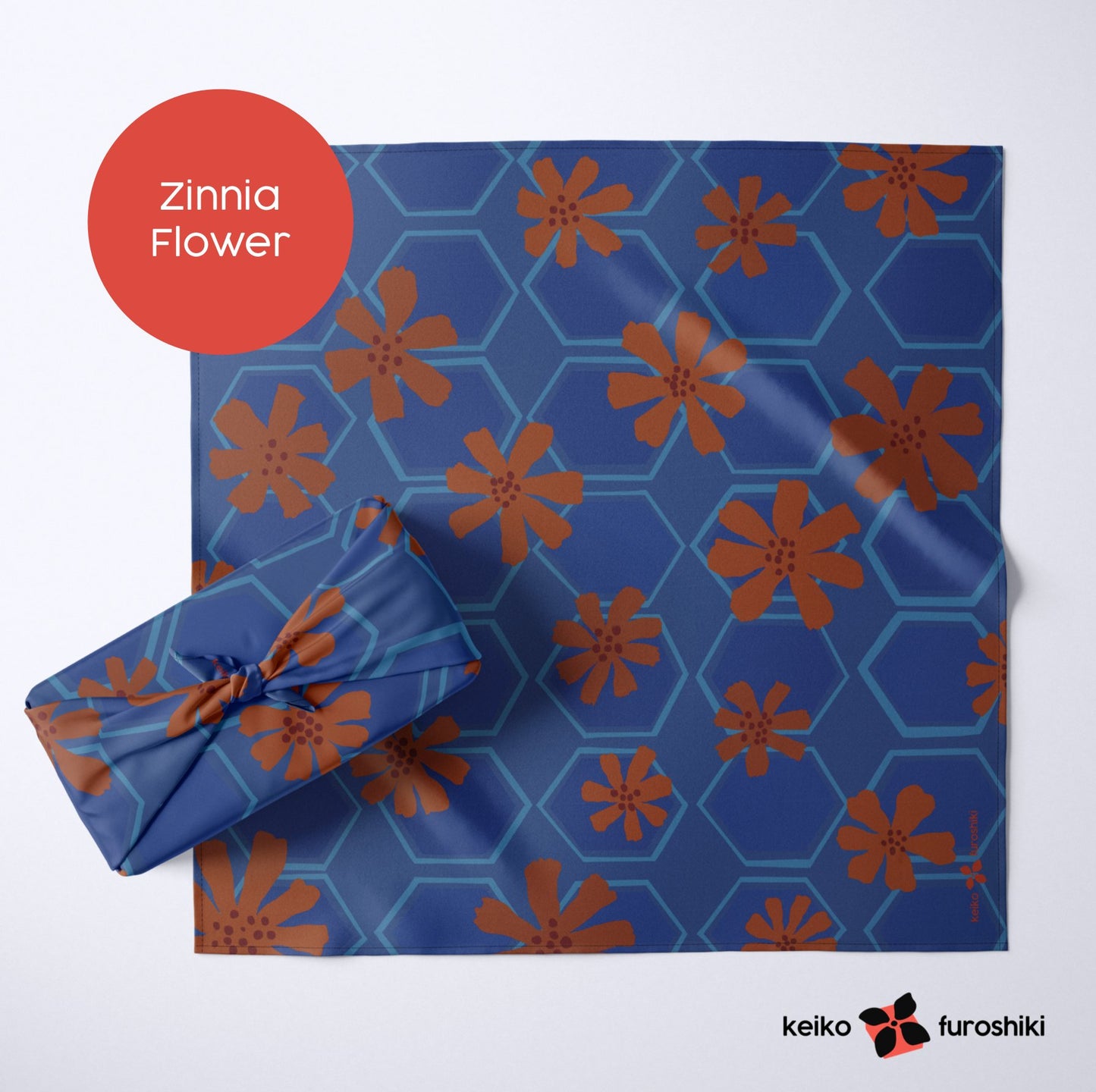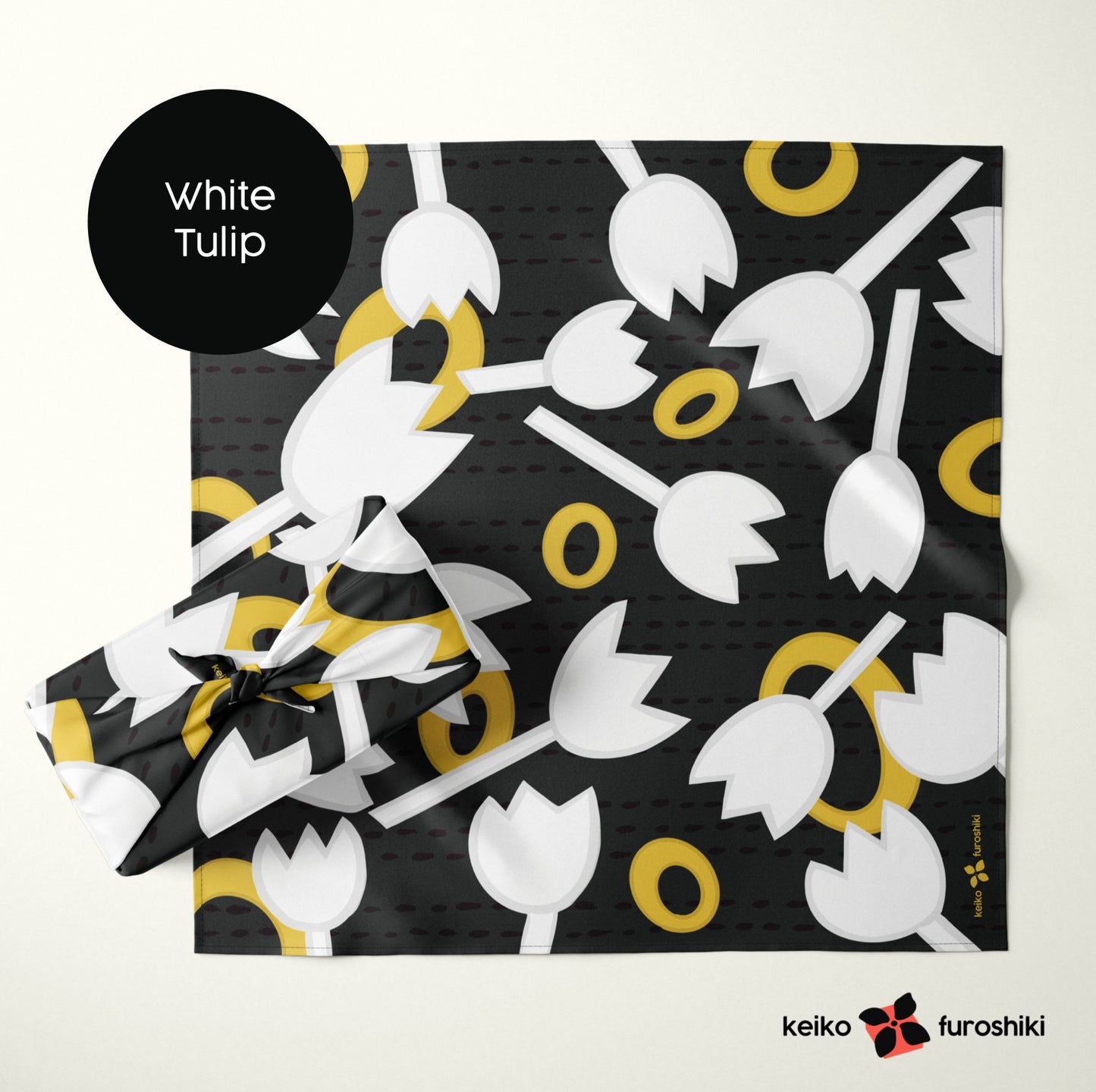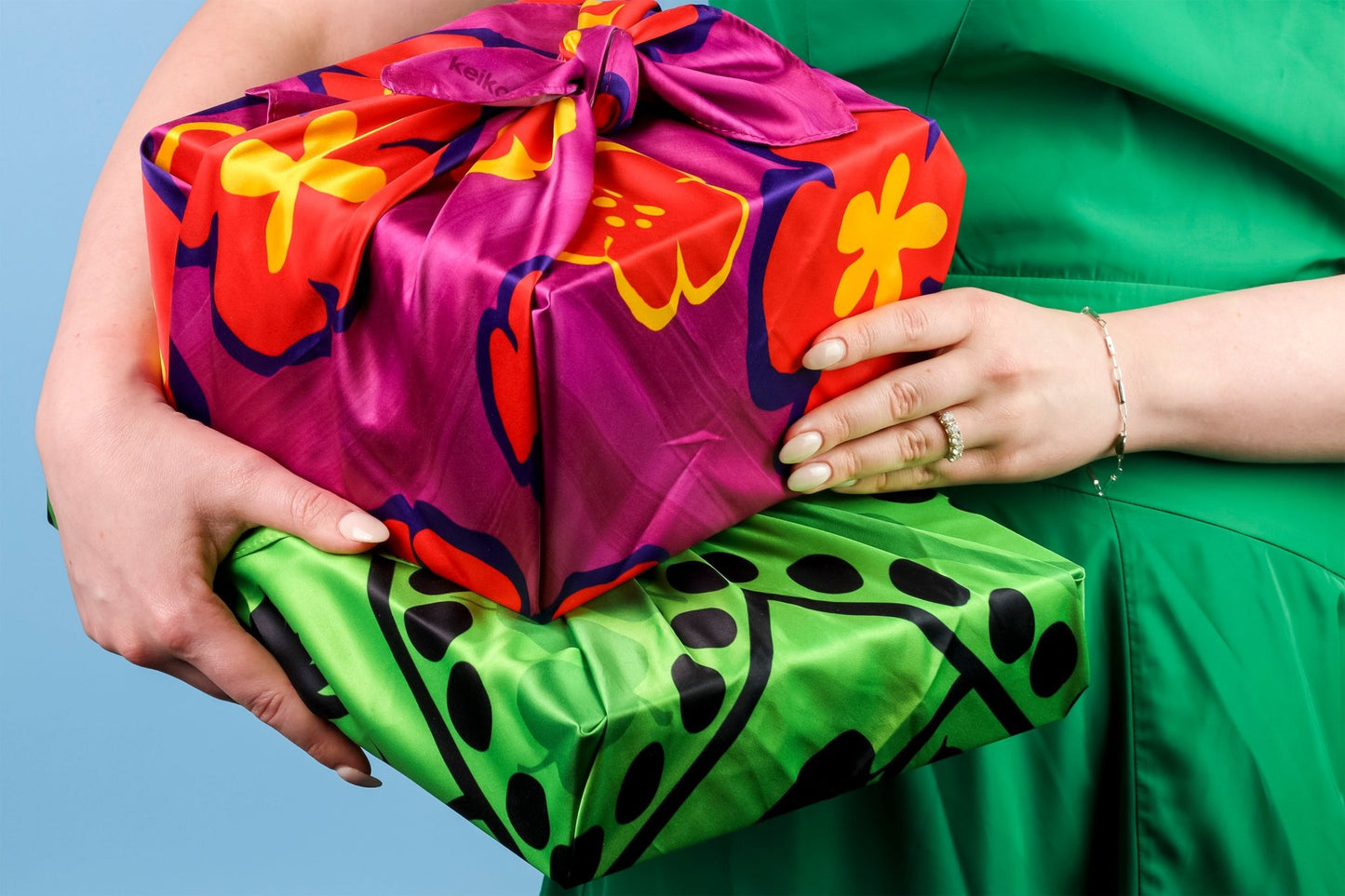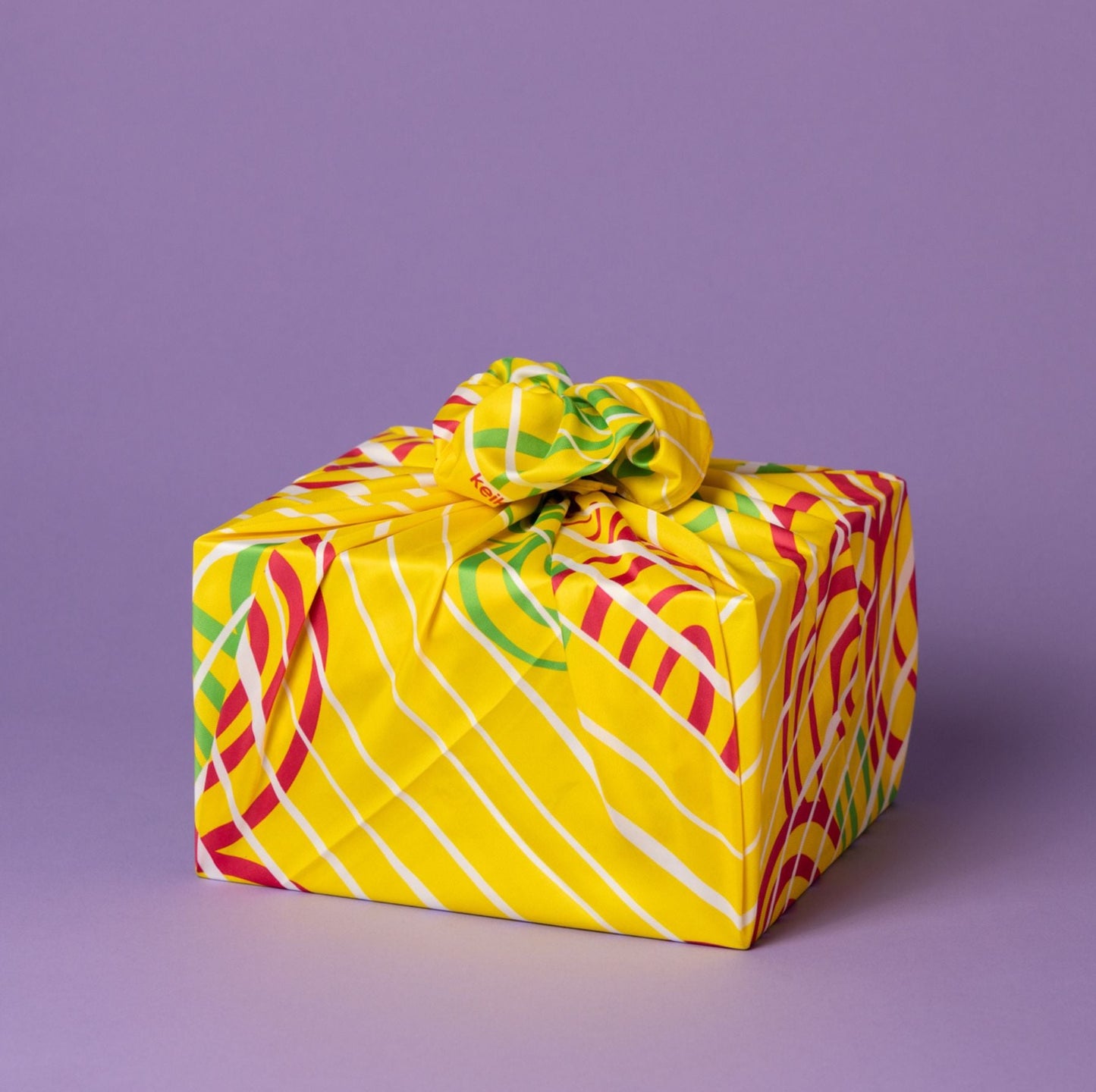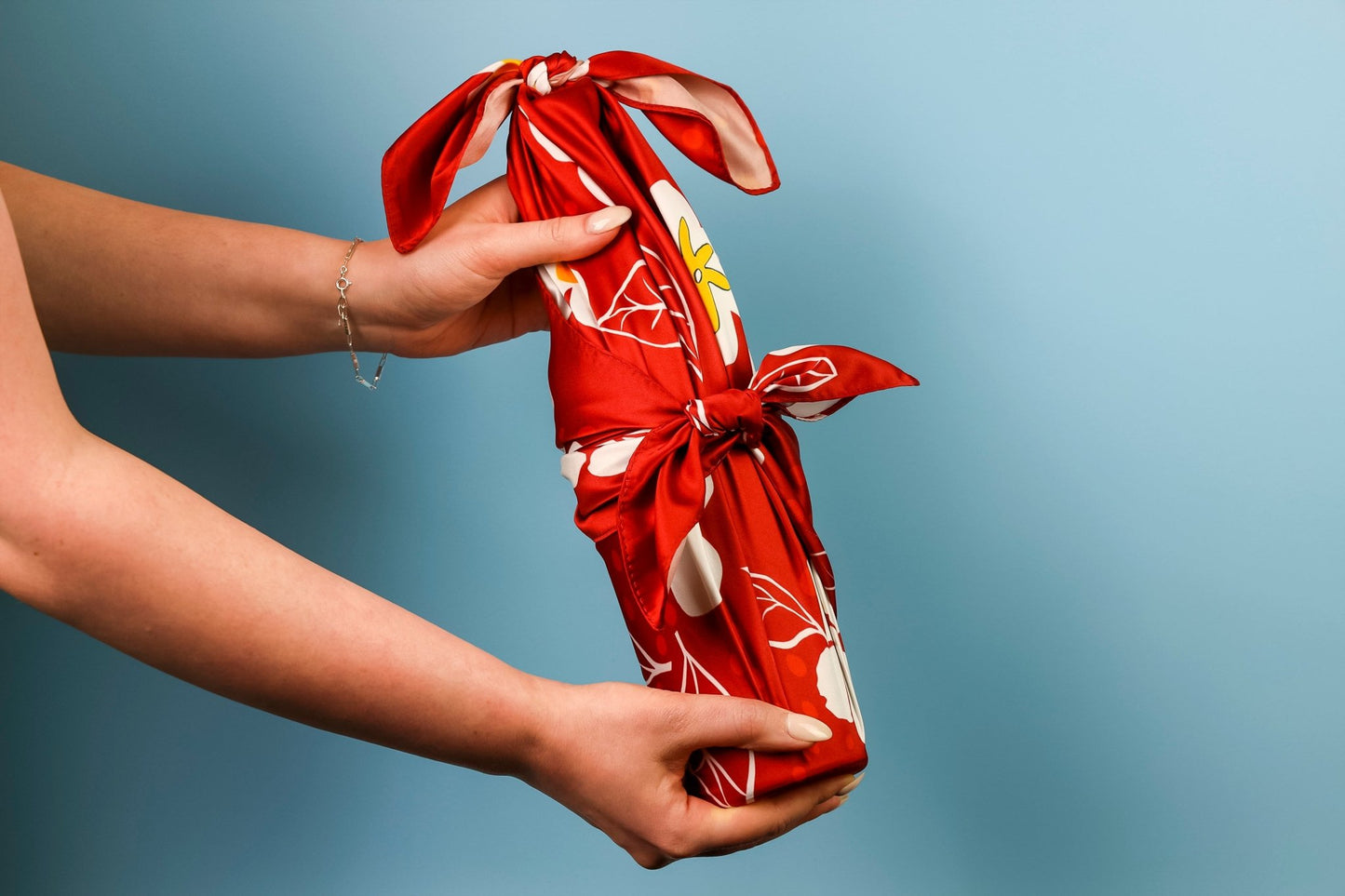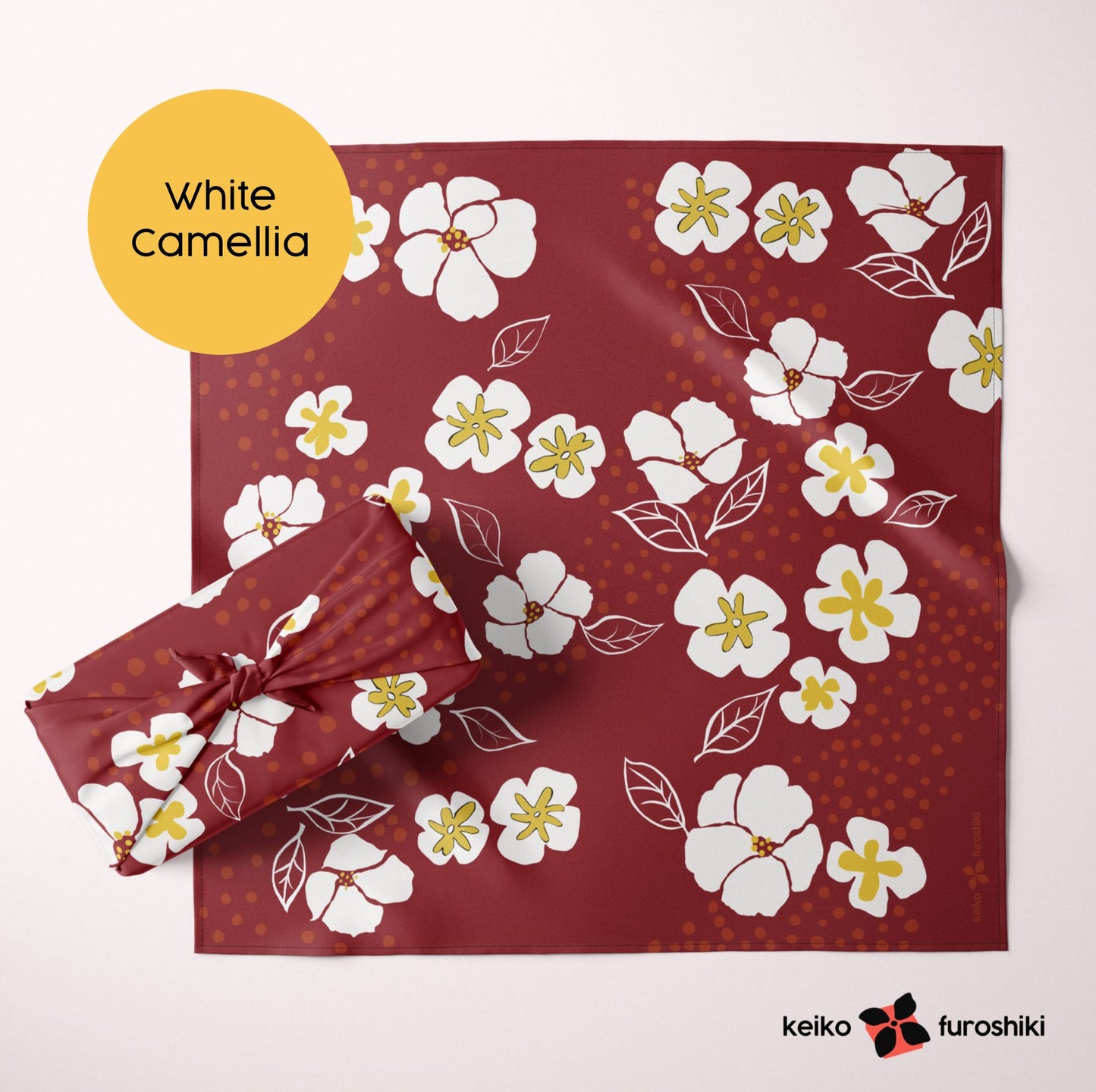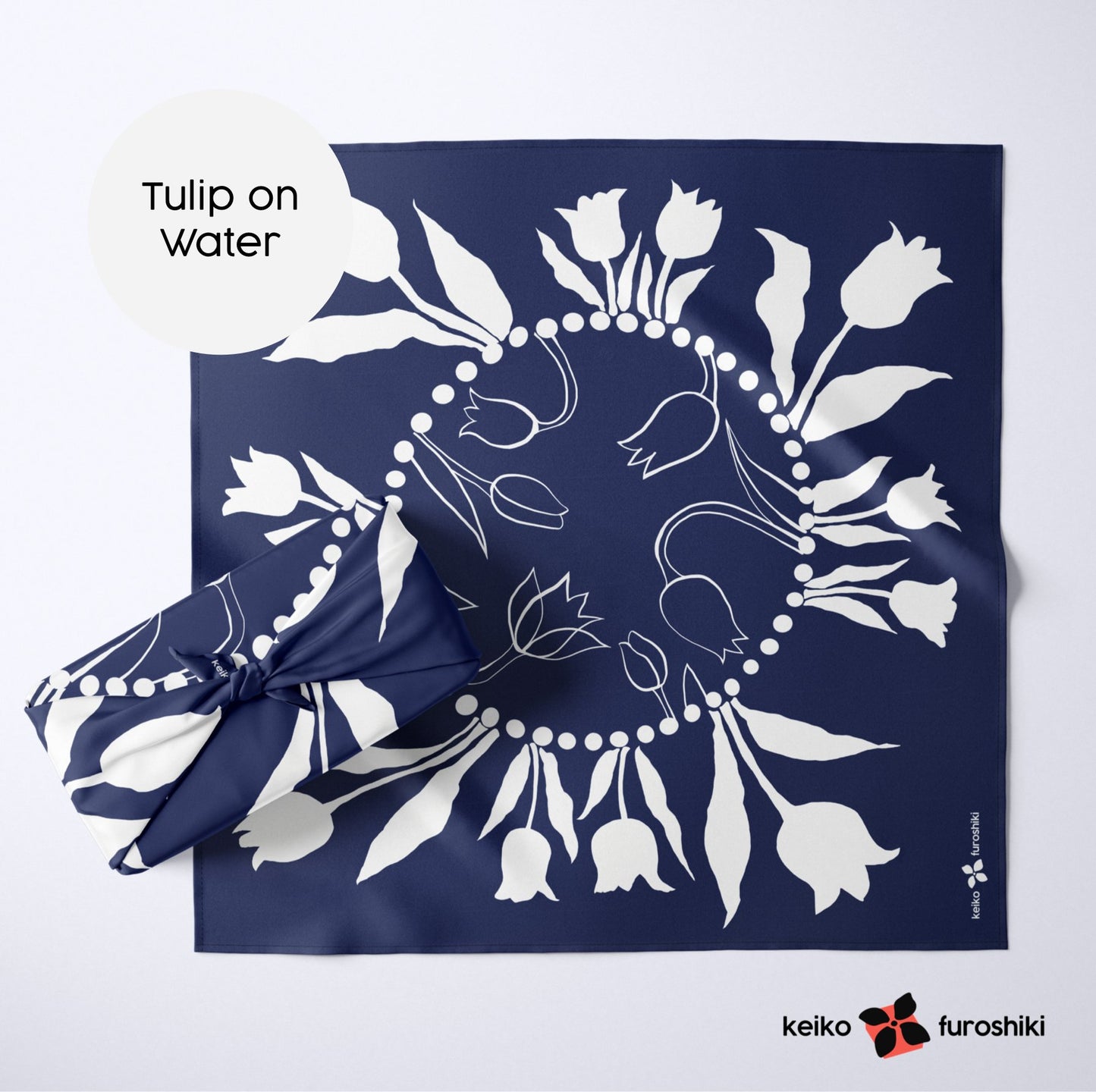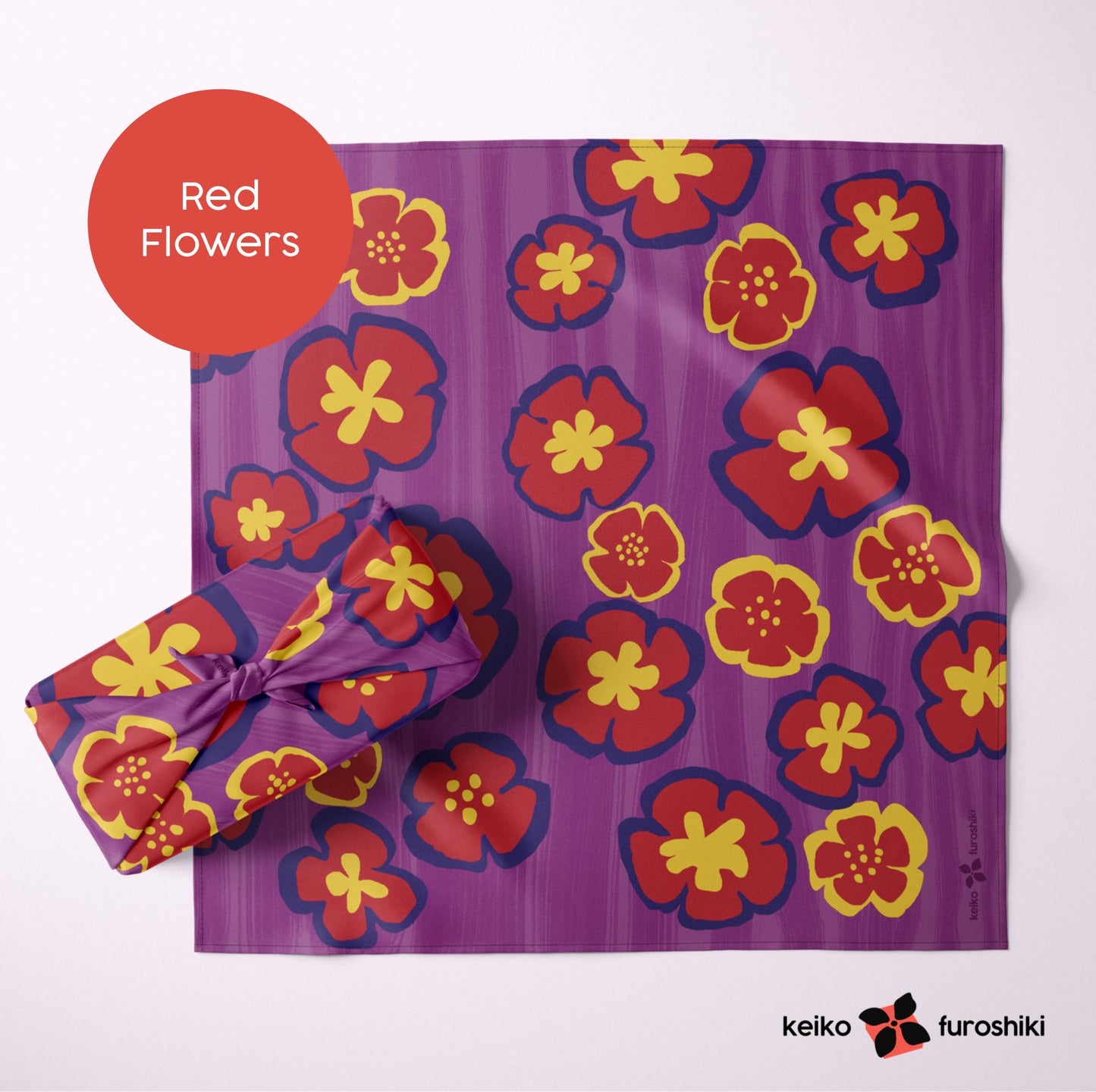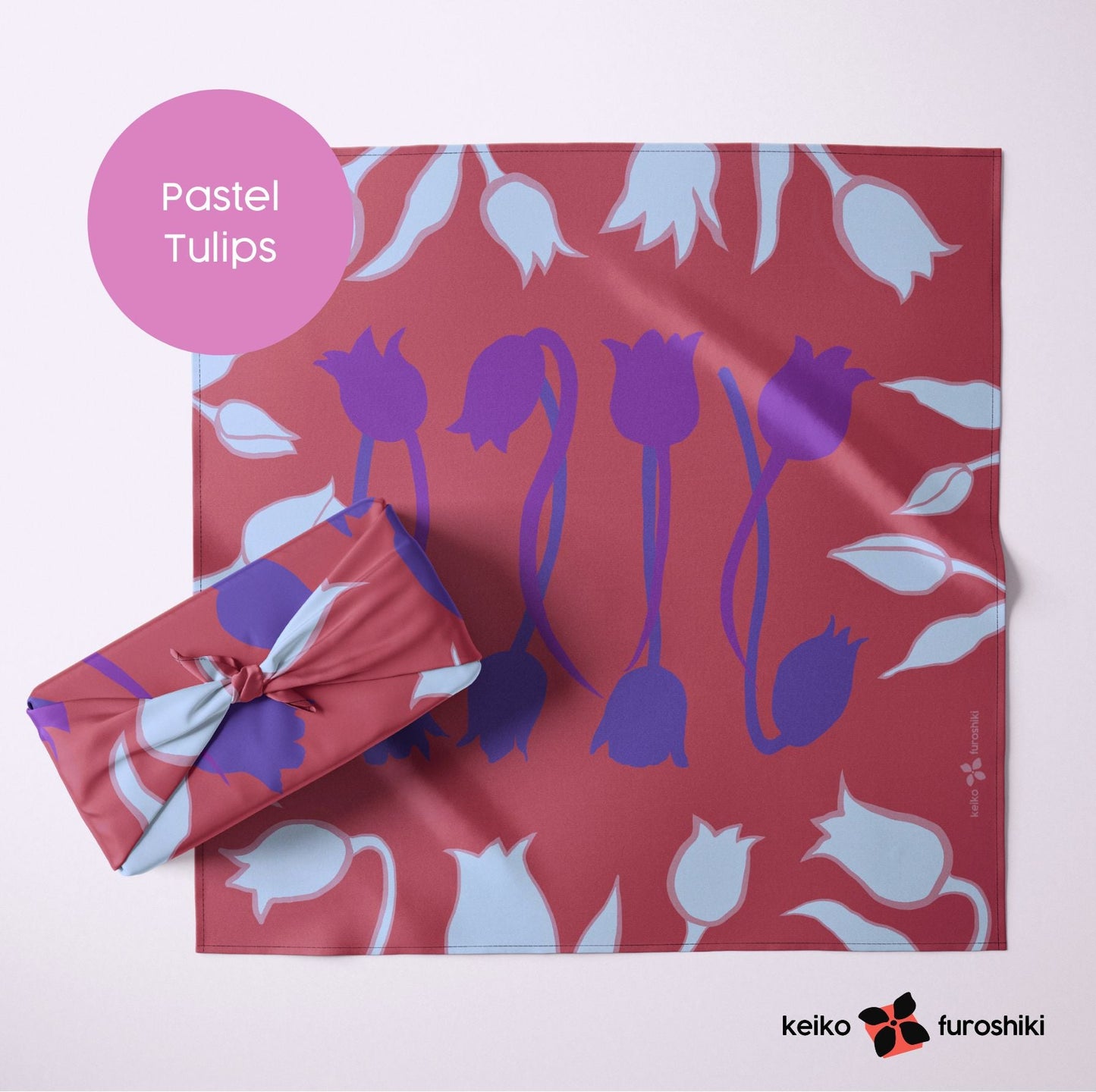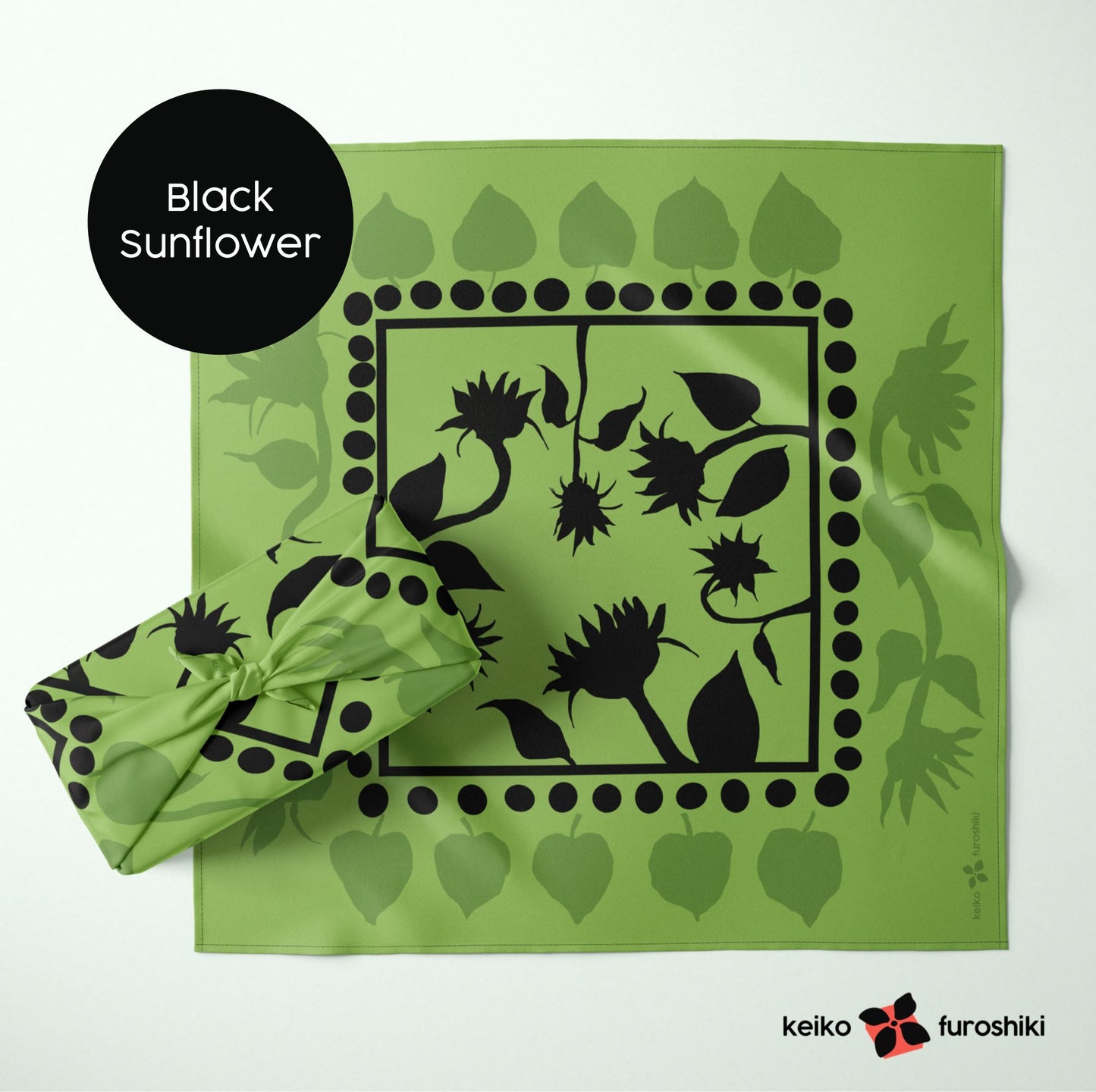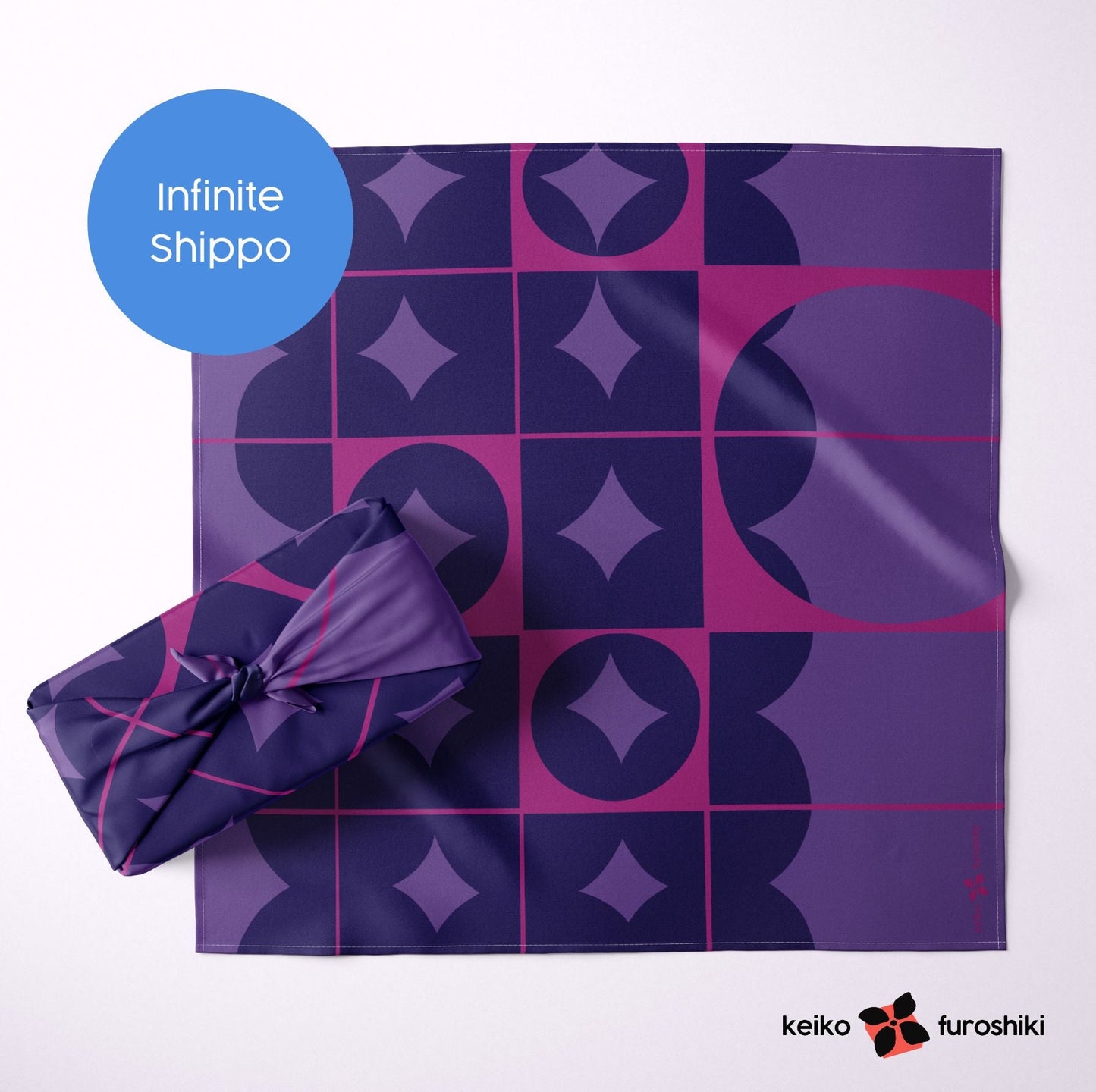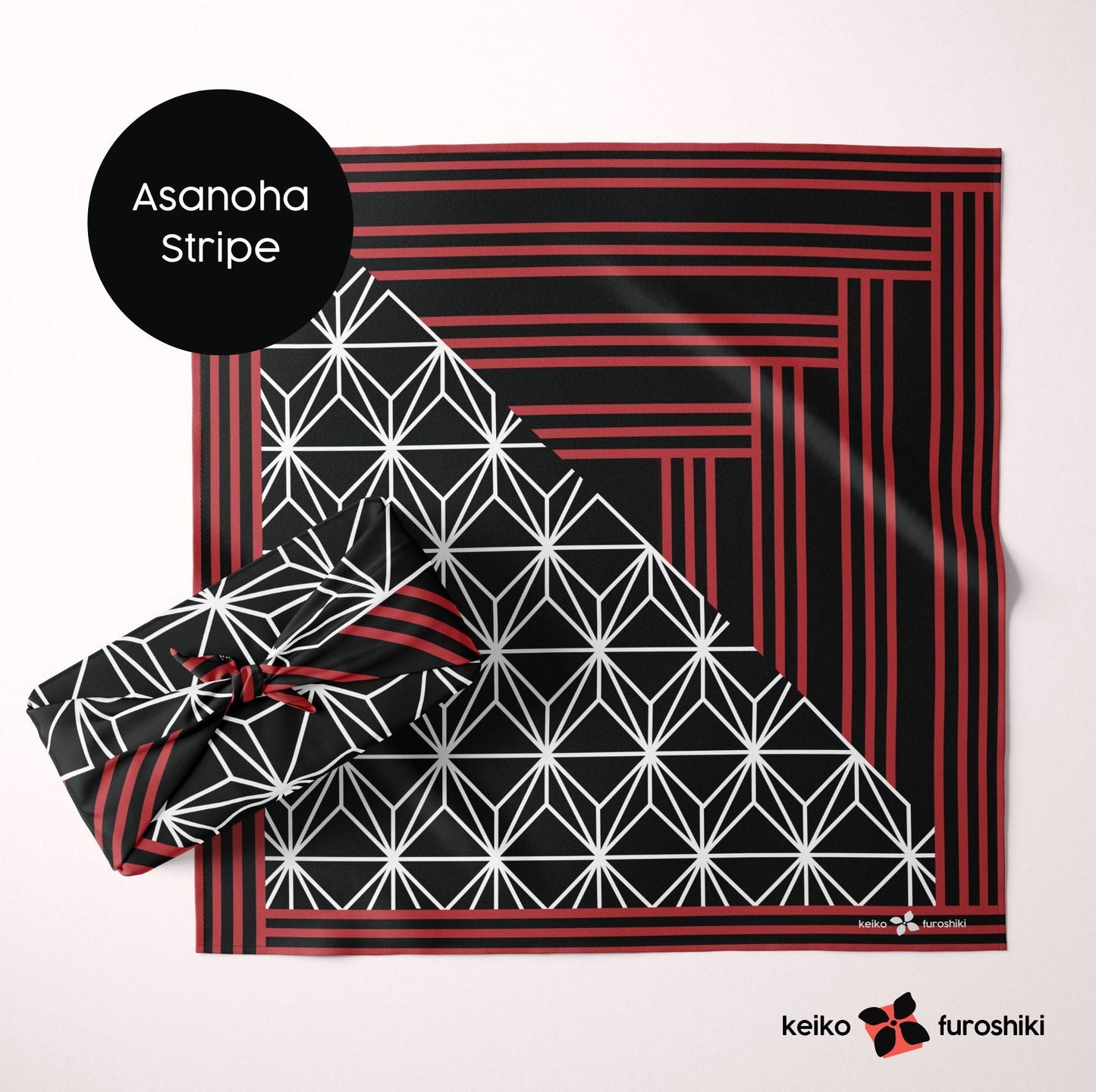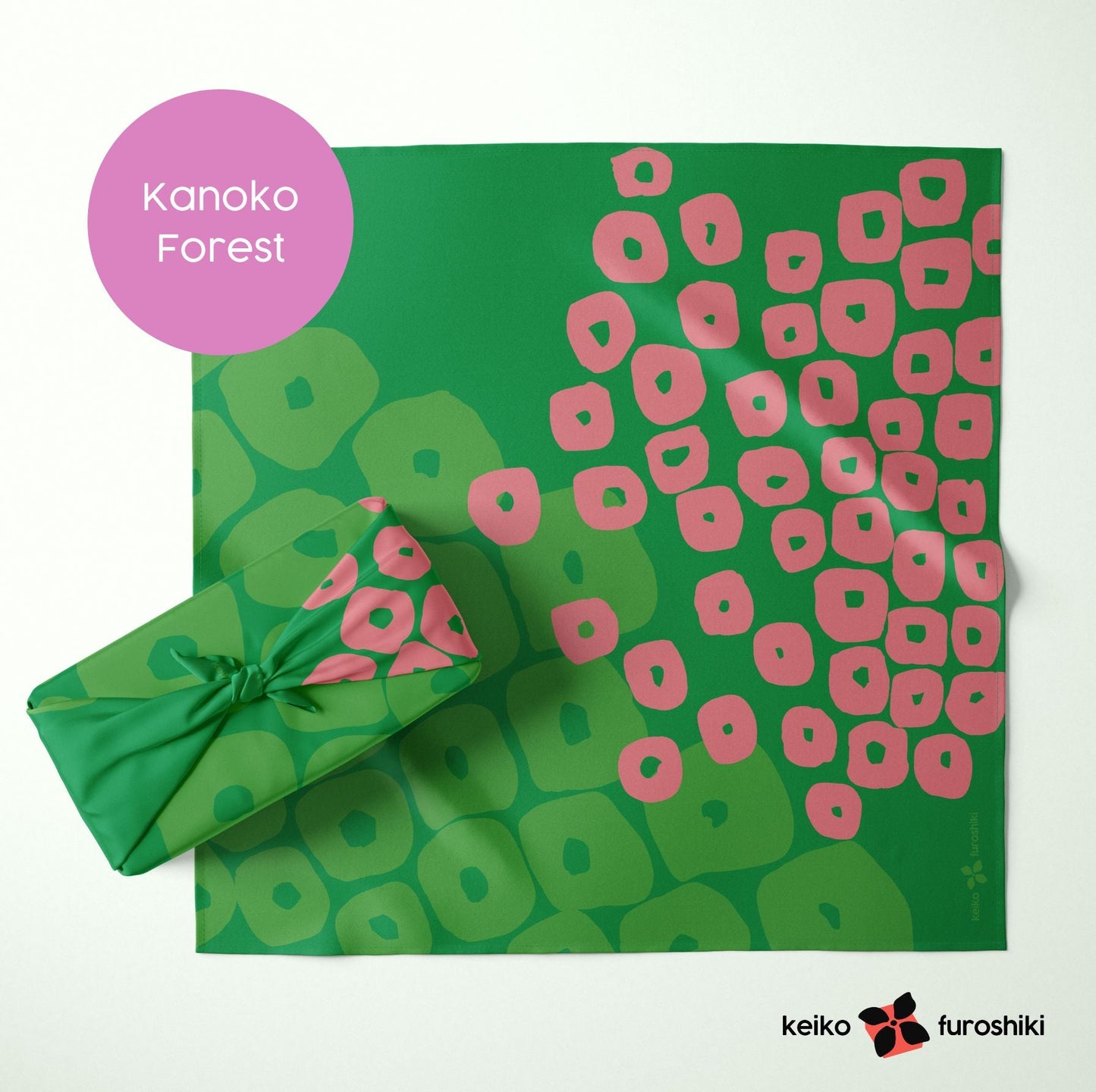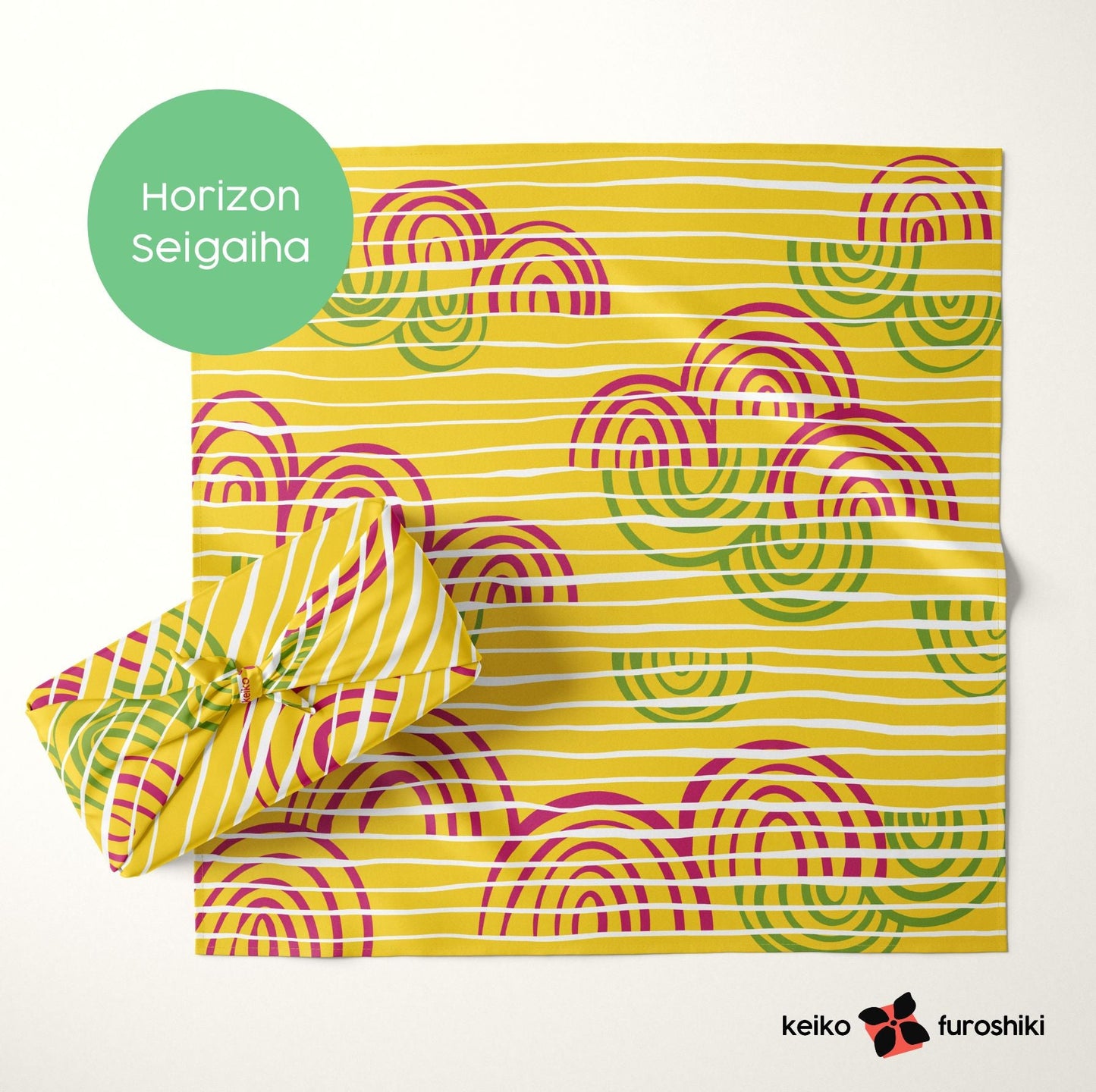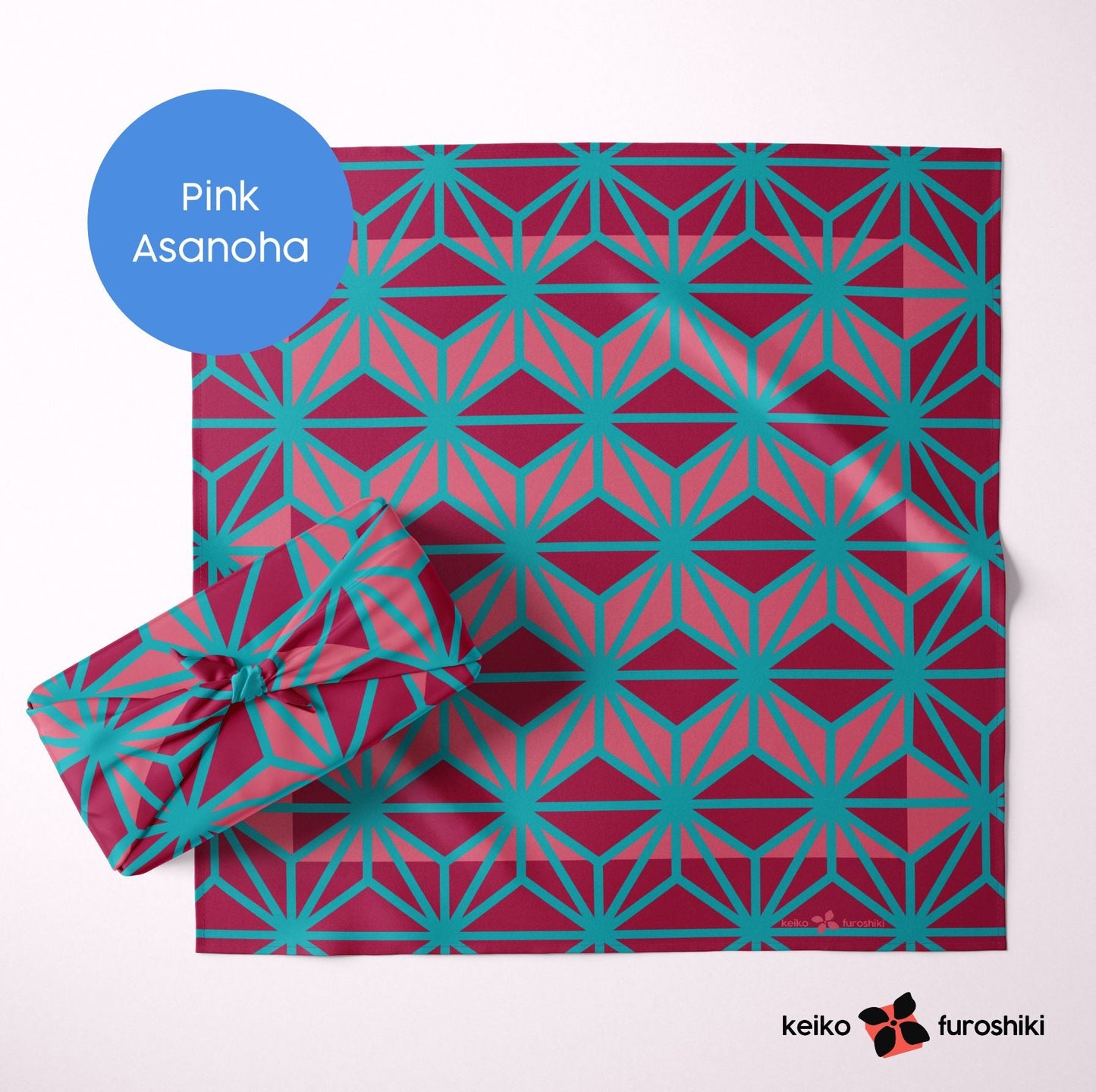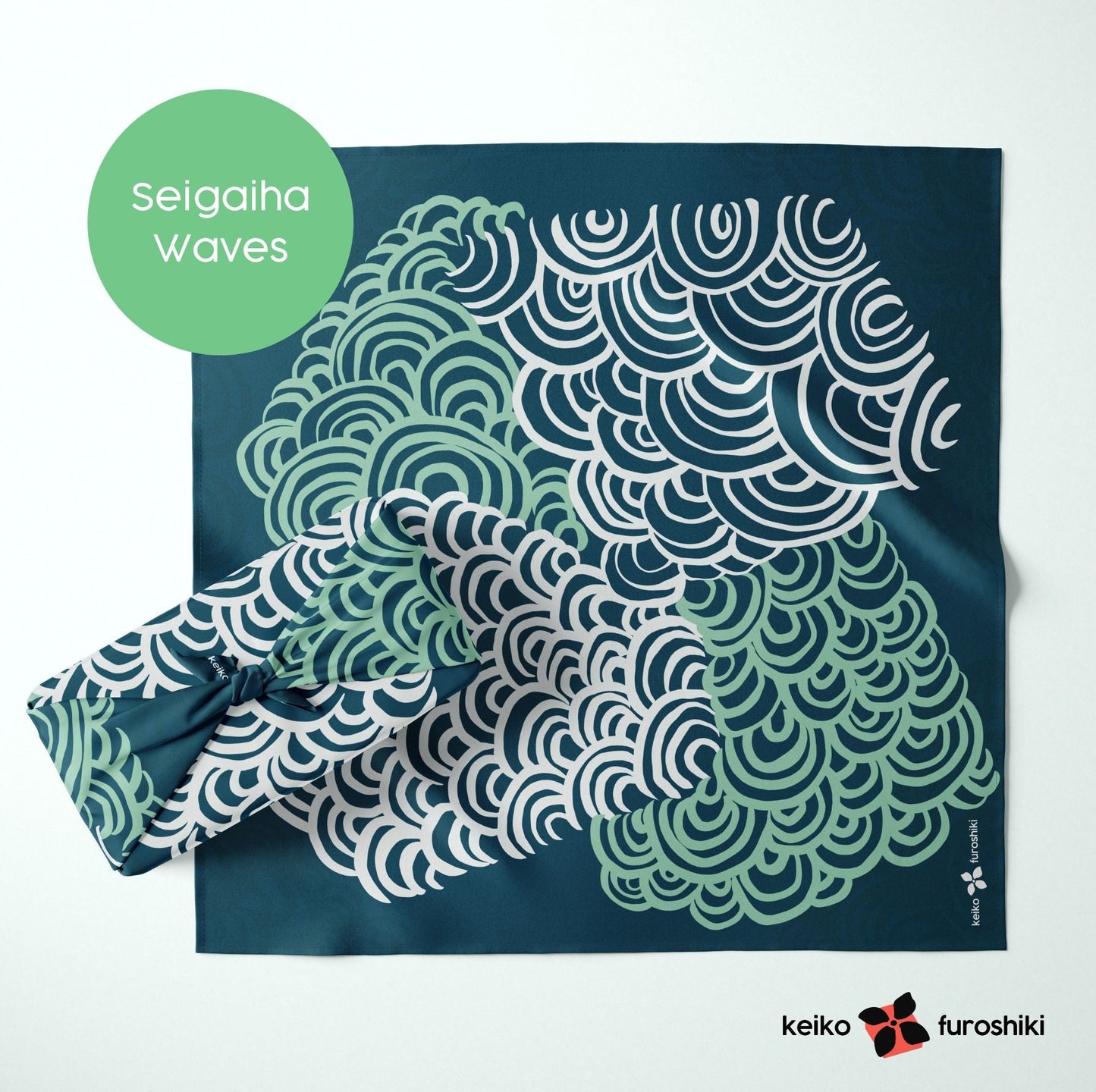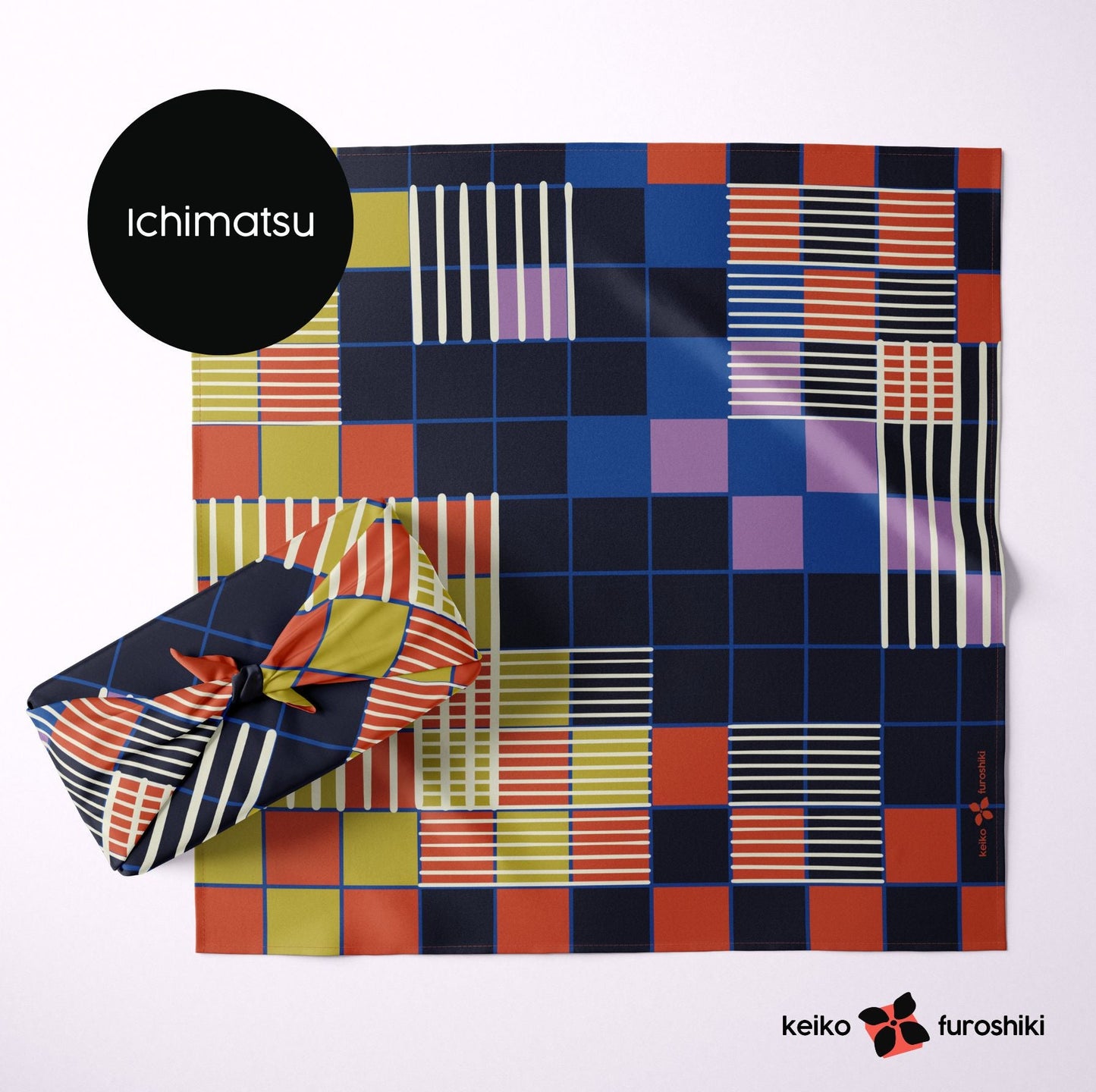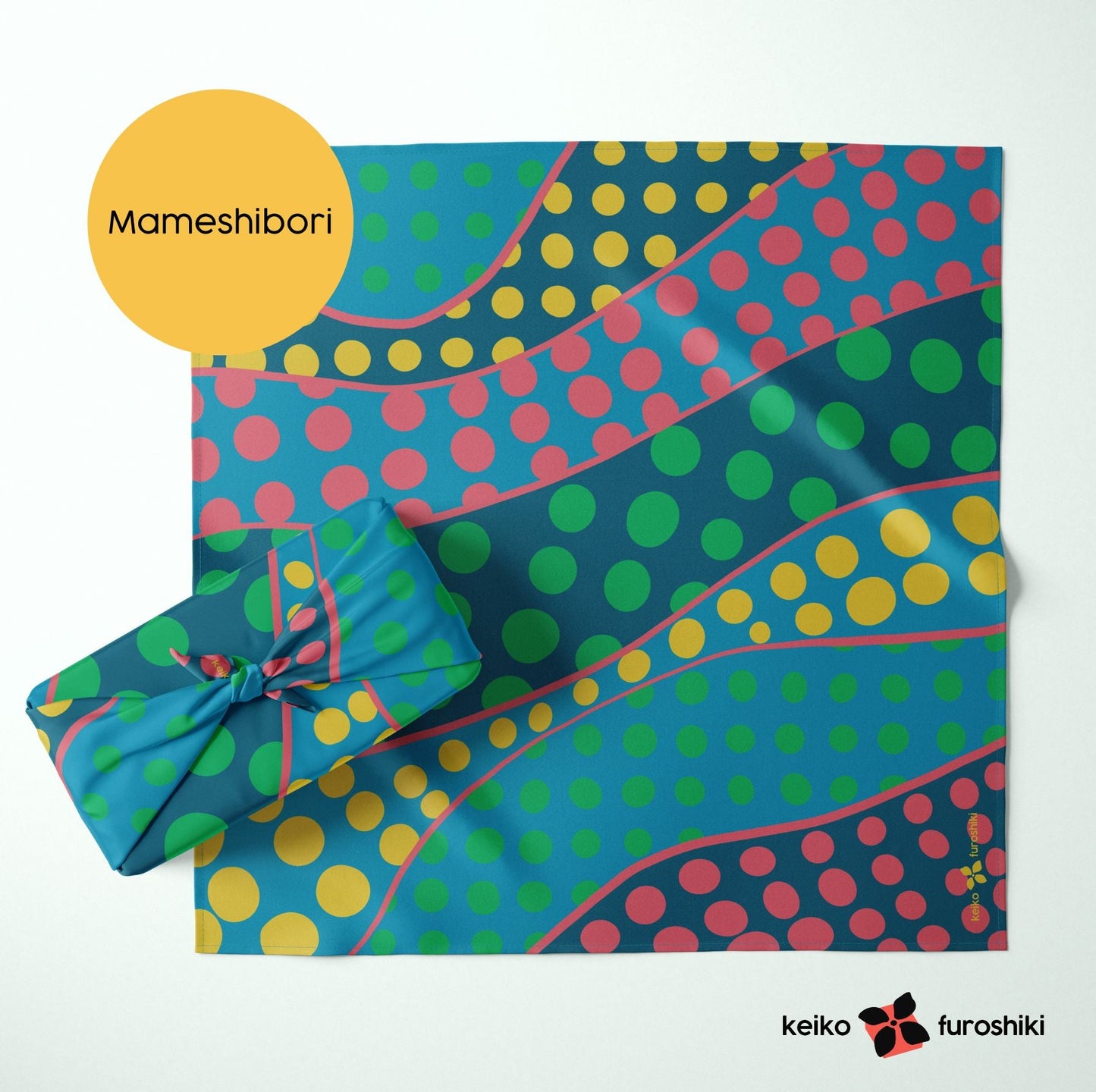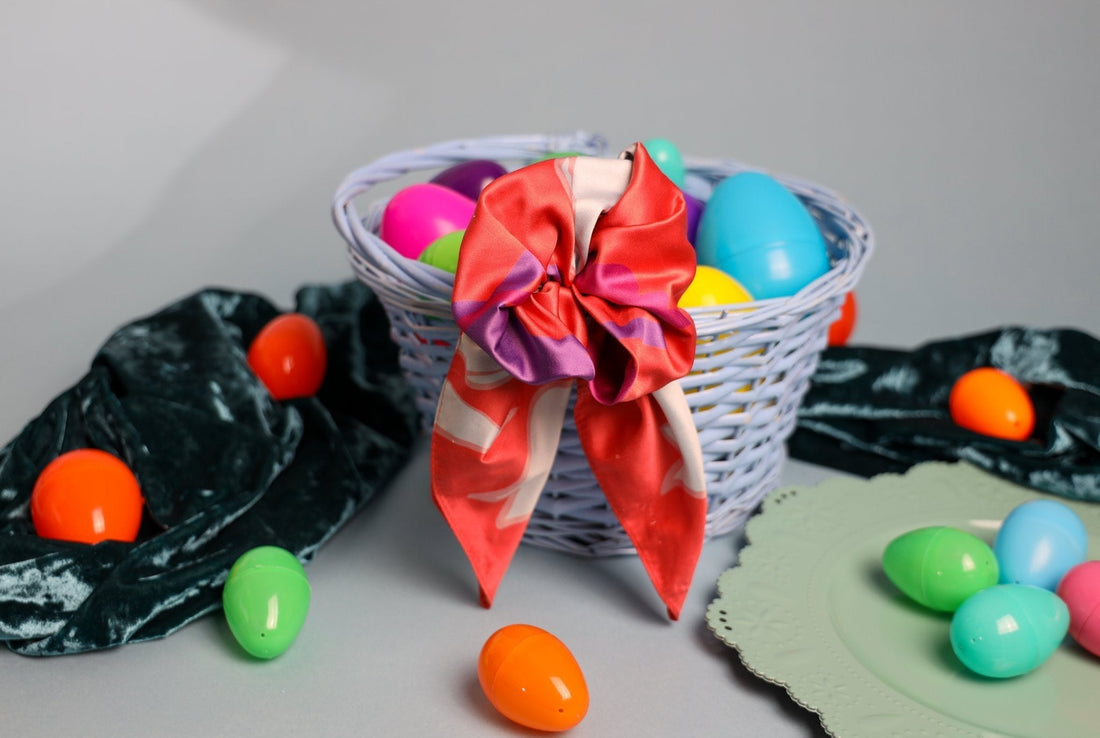
How to Make Festive and Sustainable Easter Baskets with Furoshiki
Springtime is all about fresh starts, blooming flowers, and colorful celebrations—and Easter is one of the season’s most beloved holidays. As families gather for egg hunts, Sunday brunches, and thoughtful gift-giving, it’s also a perfect moment to rethink old habits and embrace more sustainable traditions.

If you’re looking to reduce waste this Easter, skip the plastic wrap, foil, and disposable décor. Instead, discover the joy of creating reusable Easter baskets and wrapping gifts with furoshiki—a traditional Japanese cloth that’s as beautiful as it is practical.
What Is Furoshiki?
Furoshiki (風呂敷) is a traditional square cloth from Japan used to wrap and carry everyday items. With roots going back centuries, it has long served as a practical tool for transporting food, gifts, and personal belongings. Today, it’s gaining global popularity as an elegant and eco-friendly alternative to single-use wrapping paper.
Each furoshiki wrap is reusable, washable, and multi-purpose—doubling as a gift in itself. After the festivities, recipients can use the cloth as a scarf, lunch wrap, home décor accent, or even re-gift it forward. It’s a beautiful way to make any celebration more sustainable.
A Brief History of Easter Baskets
The Easter basket tradition has deep roots:
- Pagan origins: In ancient spring equinox festivals, baskets symbolized fertility and abundance.
- Christian adaptation: As Christianity spread, baskets were incorporated into Easter celebrations as symbols of renewal and resurrection.
- Medieval Europe: Decorated eggs were given in woven baskets, often painted with religious symbols.
- Modern day: Over the centuries, baskets filled with candies, chocolates, and toys became a cherished Easter custom across cultures.
Unfortunately, in recent decades, this tradition has come with a growing environmental cost—think plastic grass, foil-wrapped candies, and single-use packaging.
But it doesn’t have to be that way.
The Benefits of Using Reusable Items for Easter
Switching to reusable items like furoshiki and household decorations has big benefits:
- Reduces waste: Say goodbye to plastic grass, synthetic bows, and paper gift wrap.
- Encourages sustainability: Teaching kids and adults alike to embrace reuse can shift habits for the better.
- Saves money: Many reusable items, including furoshiki, can be used year after year.
- Adds meaning: Personal touches and intentional choices make celebrations feel more heartfelt.
This shift supports a “slow living” approach to holidays, one that values creativity, care, and conscious choices over consumerism.
How to Wrap Easter Gifts and Baskets with Furoshiki
Furoshiki is incredibly versatile. You can wrap gifts of all shapes and sizes—chocolates, eggs, books, jars of goodies—or use it to line or decorate baskets.
Furoshiki Gift Wrap Method
- Choose a medium or large furoshiki cloth (25" x 25" is ideal).
- Lay the cloth flat with the design side down.
- Place your gift or basket in the center.
- Tie opposite corners into a tight double knot.
- Tie the remaining corners for extra security—or to create a handle!
The result? A stunning, zero-waste gift wrap that’s sure to stand out.
Creative Ways to Decorate Easter Baskets with Furoshiki
Looking to ditch the disposable decorations? Try these eco-friendly ideas:
- Wrap the Entire Basket: Use a spring-colored furoshiki to wrap your basket entirely. Tie it in a decorative bow for a clean, elegant look.
- Basket Liner or Napkin: Drape a furoshiki inside the basket to line it. It adds color, cushioning, and can be reused for picnics later!
- Handle Accent: Braid or wrap a narrow furoshiki around the basket handle for a playful or sophisticated finishing touch.
Eco-Friendly Easter Basket Fillers
Forget plastic grass and cheap plastic toys. Try these thoughtful and reusable alternatives:
- Shredded paper, fabric scraps, or tissue paper
- Second-hand toys or books
- Wooden or metal eggs
- Packets of seeds or flower bulbs
- Homemade cookies or lemon curd in mason jars
- Beeswax candles or handmade soaps
- Upcycled trinkets or small crafts
Every item can be meaningful, waste-free, and fun.
Furoshiki Easter Gift Ideas
Whether you're hosting a brunch or sending Easter care packages, furoshiki can elevate any gift. A few ideas:
- Mini Easter egg bundles: Tie dyed eggs into a small furoshiki using the pouch style.
- Springtime books or journals: Wrap with floral cloth and top with a fresh flower or ribbon.
- Plant-based goodies: Use a reusable cloth to wrap a jar of jam, tea blend, or trail mix.
- Chocolate bunnies and candy boxes: Skip the foil and wrap them in a cheerful, patterned cloth.
You’re not just wrapping a gift—you’re adding an experience.
A Fun Family Activity: DIY Furoshiki Easter Baskets
Looking for a hands-on, eco-conscious activity for kids? Host a DIY Easter basket workshop at home.
- Set out reusable materials—furoshiki, ribbons, paper filler, fabric scraps
- Teach kids how to fold and tie furoshiki with simple techniques
- Let them decorate their own baskets and talk about why reusability matters
You’ll create cherished memories and eco-friendly habits.
Explore our How to Tie a Furoshiki guide with tutorials perfect for all ages, including the adorable bunny ears style—a perfect Easter nod!
A Tradition Worth Passing On
Unlike wrapping paper that’s used once and tossed, furoshiki invites us to slow down and be intentional. It's not just about what’s inside the basket—it’s about the story, care, and thoughtfulness in every fold.
When you gift with furoshiki, you’re offering something that can live on—tied around a lunchbox, worn as a scarf, or used again next Easter. Encourage loved ones to reuse their wraps or pass them forward. Each cloth becomes a thread in a growing tapestry of shared joy.
Shop Spring Furoshiki
Our spring collection at Keiko Furoshiki features bright, playful, and floral patterns designed by Japanese-American artist Keiko Kira. Made with Global Recycled Standard 4.0 certified fabric, these wraps are stain-resistant, lightweight, and easy to tie.
Whether wrapped around a chocolate bunny or decorating a handmade gift, these furoshiki wraps bring artistry and sustainability to every Easter tradition.
Browse the Spring-Ready Prints →
Final Thoughts: Celebrate Easter with Heart, Beauty, and Sustainability
This Easter, let your traditions bloom in a new direction. Choose reusable, eco-conscious materials and wrap your gifts in cloth and care. Whether you’re giving a small treat or an elaborate basket, doing it with furoshiki adds meaning, style, and sustainability.
Furoshiki isn’t just a wrapping cloth—it’s a philosophy. A greener Easter starts with one square of fabric and a whole lot of heart.


